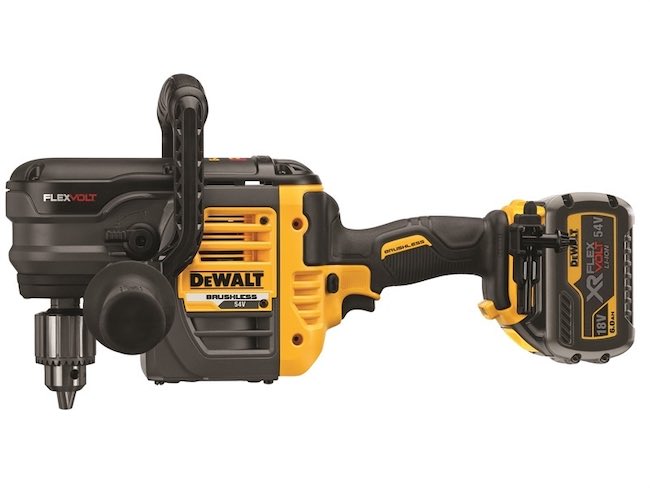What Drill is Best for Drilling in Wood

Which electric drill do you utilise for wood?
First, you must consider the hardness of the wood if you drill in it. It’s quite odd that this can’t be discovered from the names ‘hardwood’ and ‘softwood.’ These terms refer to the tree’s origin: hardwood comes from deciduous trees (hardwood is a superior material) and softwood comes from pine trees.
You may test the hardness of wood by pressing your finger into it. You can pierce a hole in spruce and pine woods with your finger. In contrast, oak and rosewood are hard. Regardless of how hard a wood species is, we can always drill through it.
Drill in wood
The size of the hole you create in wood isn’t nearly as important. A standard cordless drill does the job just fine. Even impact drills can be easily removed from wood (provided that you let the knock function out) and a hammer is ideal for drilling in wood. If you’re looking for a smaller drill that still allows you to work with wood, consider using a column drill. This drill has the significant benefit of allowing you to work extremely accurately since both the drill and the wood stay in place, which is ideal for professionals who need high accuracy.
The right drill bit
Have you decided on a drilling machine for your project? You’re almost there, but the most crucial thing is to select the correct drill. There are various types of wood drills, to be sure. These drills have a sharp tip that allows you to locate the borehole’s source with precision. Wood drills are available in a variety of forms, including a ‘standard’ wood drill with a centring point for simple projects, a hose drill for deep and only recently completed holes, a fast drill for big holes, and hole saws for huge ones.
Choosing the right RPM
Finding the correct RPM for drilling wood may be a challenging process. If you drill too quickly, your wood is likely to burn. If you drill too slowly, the resultant hole may not be as attractive. Grinding might hide this flaw if you conceal the gap with a screw or if this hole isn’t going to be visible.
Finding the proper speed is mostly a matter of trial and error. However, we advise using a slow and meticulous pace when increasing the speed. With softwood, you may reach a reasonable high speed this way. This won’t be possible with hardwood since the drill would not penetrate the substance as easily.
Conclusion
Wood drilling is one of the most straightforward drilling tasks imaginable. You simply select the appropriate tool if you want it done correctly. If you grab the incorrect drill, you won’t be able to go through the wood at all.


